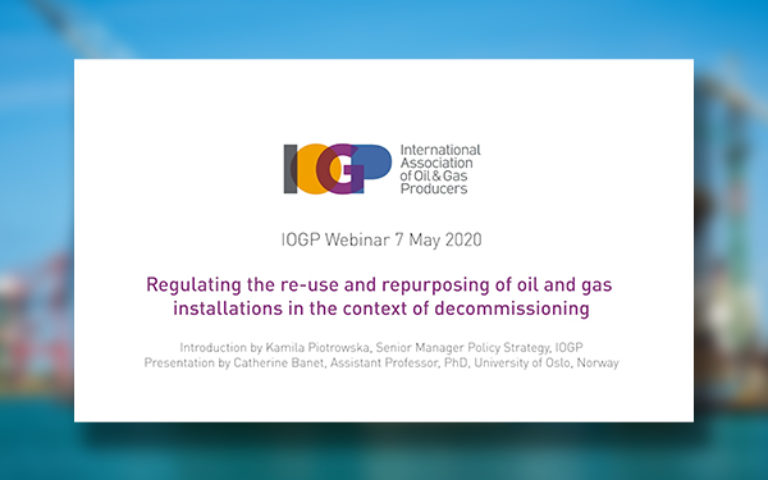New and old CCS projects in Europe: What’s different this time?
This paper outlines the key changes in CCS projects compared to the previous investment cycle (2009-2015). It highlights what is different this time in terms of regulatory context and the development of new business models for CCS, making the case for CCS as a key component in reaching the EU’s long-term climate objectives.
Overview
- What’s different this time?
- Innovation in CCS business models: Single industrial emitter vs. hub and cluster-based projects
- Examples of hub and cluster-based CCS projects:
- The Rotterdam CCUS project Porthos and Northern Lights
- The Norwegian full-scale CCS project
- EU funding instruments
- Low carbon/clean hydrogen: Extending the climate benefits of CCS beyond the power sector
- Where can CCS make a difference?
Why CCS?
CCS is a proven technology necessary to achieve climate neutrality in Europe in a cost-efficient manner, and to enable negative emissions. All ambitious scenarios (below 2°C) show that CCS will be essential to meeting the targets set by the Paris Agreement.
CCS technology is also critical for deployment of low-carbon hydrogen, as natural gas can be reformed to hydrogen with CCS, supporting decarbonisation of EU heating, transport and power generation sectors.
CCS is necessary for the decarbonisation of industry, representing a cost-effective and realistic way to avoid post-combustion and process emissions. It is a crucial technology to safeguard existing industrial activity, jobs and growth while decarbonising economic activity to meet the EU climate objectives.
- Publications
- News
- Events

IOGP Europe key principles on a future regulatory framework for CO2 transport infrastructure
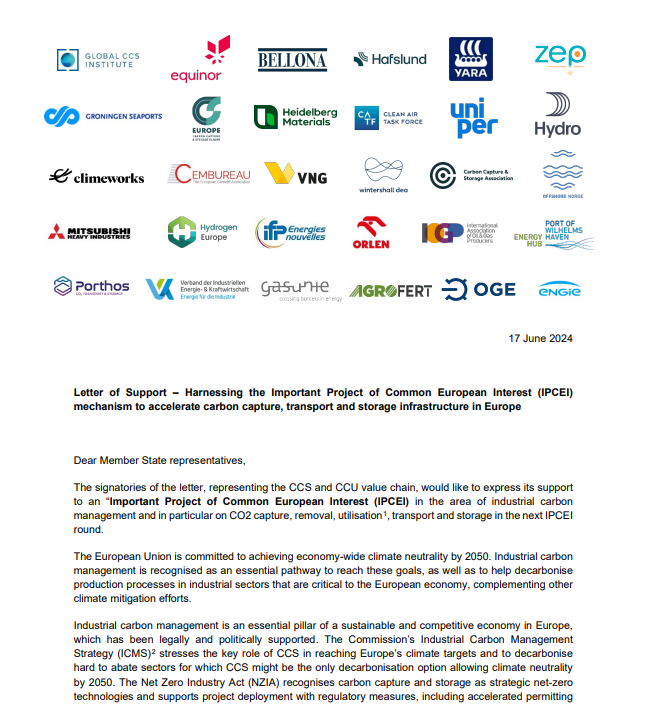
Joint Statement – Harnessing the IPCEI mechanism for CCS in Europe
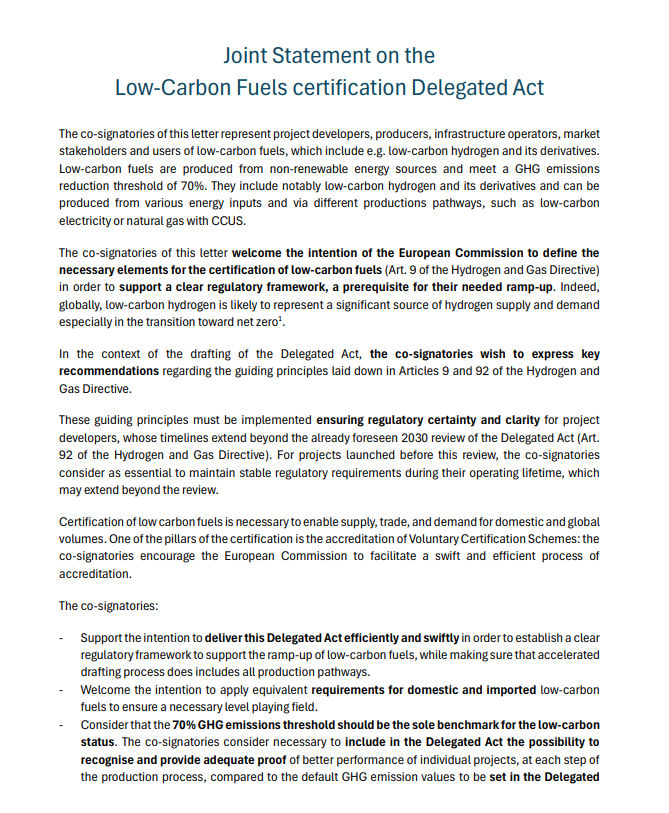
Joint Statement on the Low-Carbon Fuels certification Delegated Act

GasNaturally Letter to Competitiveness Council 23 May 2024

IOGP Europe recommendations on the Delegated Act specifying a methodology for assessing GHG emissions savings from low-carbon fuels and low-carbon hydrogen
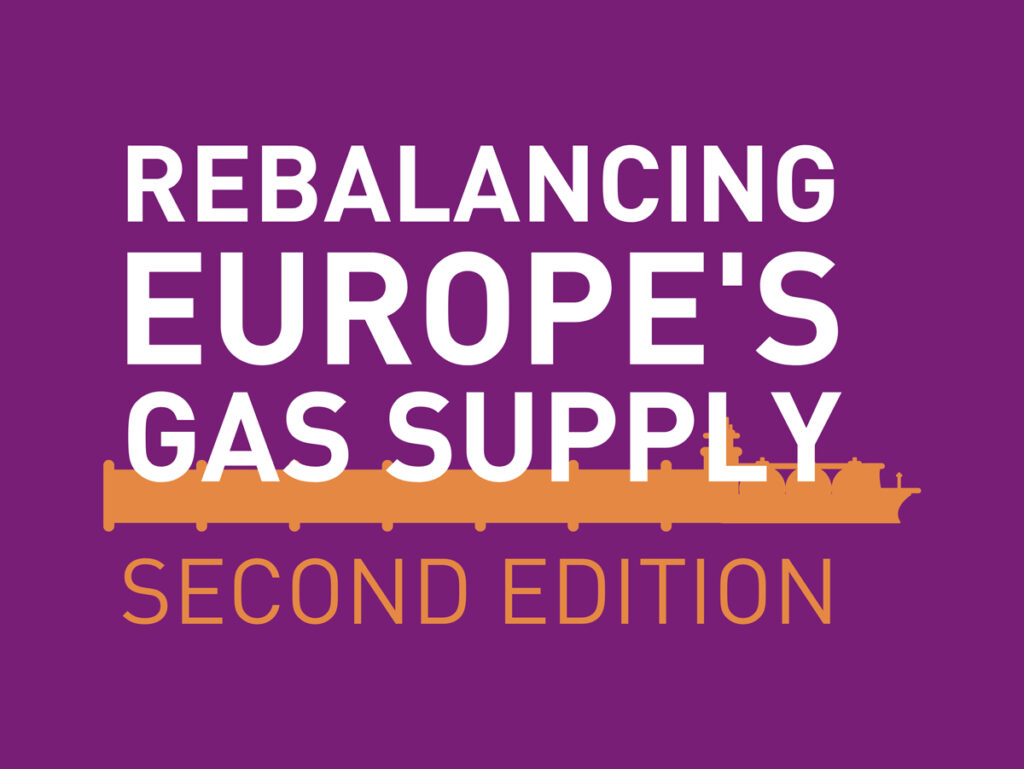
Rebalancing Europe’s Gas Supply Second Edition

IOGP consultation response: Rationalisation of reporting requirements

Creating a sustainable business case for CCS value chains
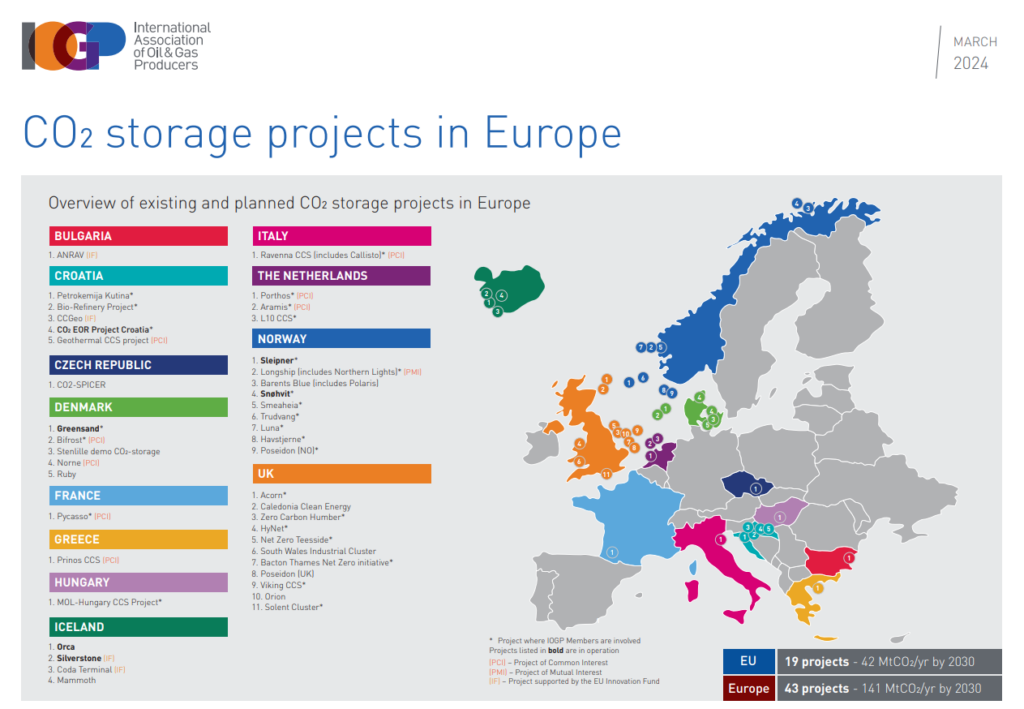
Map of CO2 storage Projects in Europe

IOGP Europe statement on the ECHA proposed PFAS restriction proposal related to the Carbon Capture, Transport and Storage (CCS) Technology

IOGP Europe position on the EU Industrial Carbon Management

IOGP position paper on the European Commission’s public consultation on the EU climate target for 2040

IOGP Europe feedback on Net Zero Industry Act proposal

Joint industry statement on the EU Taxonomy

IOGP response on Competitive Bidding schemes for hydrogen under the Innovation Fund

IOGP response on revamping the Strategic Energy Technology (SET) Plan

IOGP views on the proposed Regulation amending Regulation (EU) 2021/241 as regards REPowerEU chapters in Recovery and Resilience Plans

IOGP response to the consultation on certification of carbon removals – EU rules

IOGP response to the public consultation on the Hydrogen and Decarbonized Gas Market package

IOGP comments to R. W. Howarth and M. Z. Jacobson (2021): How Green is Blue Hydrogen?
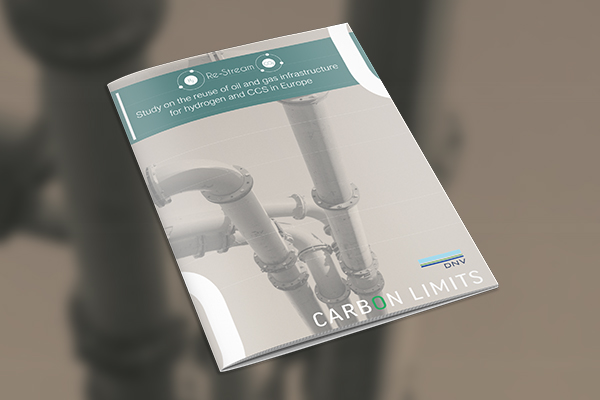
Re-Stream – Study on the reuse of oil and gas infrastructure for hydrogen and CCS in Europe

IOGP response to the public consultation on the Energy Taxation Directive (ETD) proposal

IOGP response to the public consultation on the Renewable Energy Directive (RED) proposal

IOGP feedback to the European Commission’s Roadmap on restoring sustainable carbon cycles

IOGP response to the public consultation on the Carbon Border Adjustment Mechanism (CBAM) proposal

IOGP position on the revision of the EU Emissions Trading System (EU ETS) Directive

IOGP response to the public consultation on the Energy Efficiency Directive (EED) proposal

IOGP response to the public consultation on the FuelEU Maritime proposal

IOGP response to public consultation on the revised Climate, Energy and Environmental Aid Guidelines (CEEAG)

IOGP Paper on metric to use for 2030 targets

IOGP input to the consultation on the Hydrogen and Gas Market Decarbonization Package

IOGP response to the roadmap on the modification of the General Block Exemption Regulation (GBER)

Public consultation on the EU Action Plan “Towards a Zero Pollution Ambition for air, water and soil”

Response to consultation on updating the EU Emissions Trading System

IOGP response to consultation on the revision of the Guidelines on State aid for environmental protection and energy (EEAG)

IOGP response to the Inception Impact Assessment on the revision of the Guidelines on State aid for environmental protection and energy (EEAG) 2014-2020

IOGP views on competition policy supporting the European Green Deal

IOGP statement on the European Commission’s 2030 Climate Target Plan

What’s Right? What’s Wrong? IOGP comments on the ‘EU Strategy for Energy System Integration’ and ‘A hydrogen strategy for a climate neutral Europe’

IOGP written input to the public consultation on the Carbon Border Adjustment Mechanism (CBAM)

IOGP views on State aid for environmental protection and energy (EEAG)

IOGP written input to the consultation “2030 Climate Target Plan”

IOGP response to the inception impact assessment concerning the revision of the 2018 Renewable Energy Directive (REDII)

IOGP feedback on the update of EU ETS monitoring and reporting rules (2021-30)

IOGP response to supplementary questions on the EIB Group’s Climate Bank Roadmap 2021-2025

IOGP response to consultation on the renewed Sustainable Finance strategy

Funding CCS in Europe: key investments for the recovery

IOGP response to the public consultation on the revision of Regulation (EU) 347/2013 on guidelines for TEN-E Regulation

IOGP response to targeted consultation on the revision of Regulation (EU) 347/2013 on guidelines for TEN-E Regulation

IOGP input to the Roadmap on the EU Smart System Integration

IOGP input to the Roadmap on the EU strategy on hydrogen in Europe

IOGP feedback to the Combined Evaluation Roadmap/Inception Impact Assessment on the revision of Regulation (EU) 347/2013 on guidelines for TEN-E

IOGP feedback to the roadmap for a Renovation Wave initiative for public and private buildings

IOGP input to the forthcoming EU Strategy for Energy System Integration

IOGP response to the EIB Group’s Climate Bank Roadmap 2021-2025

Input to the inception impact assessment on the FuelEU Maritime

IOGP feedback to the proposed European Climate Law

Feedback to the impact inception assessment “2030 Climate Target Plan”

IOGP assessment of National Energy and Climate Plans

Methane Management in the Upstream Oil and Gas Industry: Policy recommendations in the context of the EU Methane Strategy

Scaling up Hydrogen in Europe
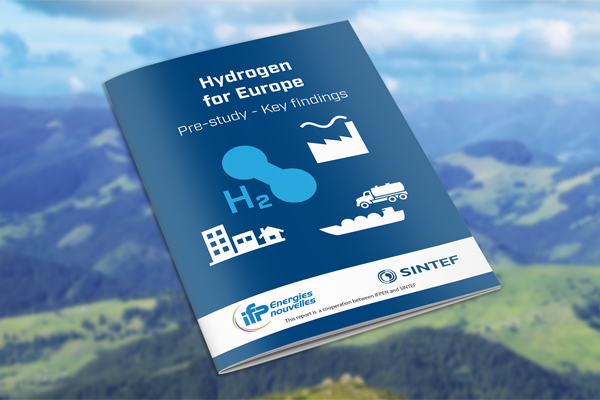
Hydrogen for Europe Pre-study – Key findings

IOGP assessment of draft National Energy and Climate Plans
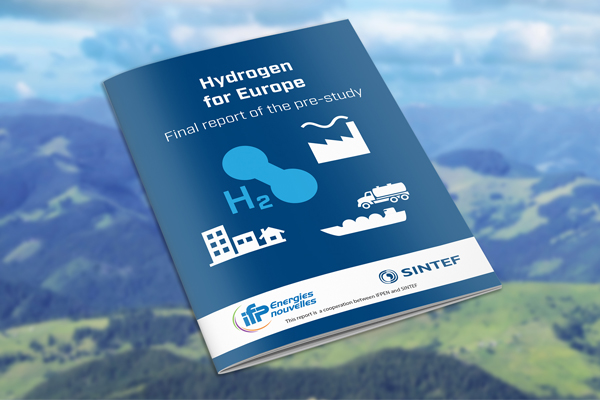
Hydrogen for Europe

The potential for CCS and CCU in Europe Report to the thirty second meeting of the European Gas Regulatory Forum 5-6 June 2019

LNG – a fast lane to make Europe a leader in clean shipping
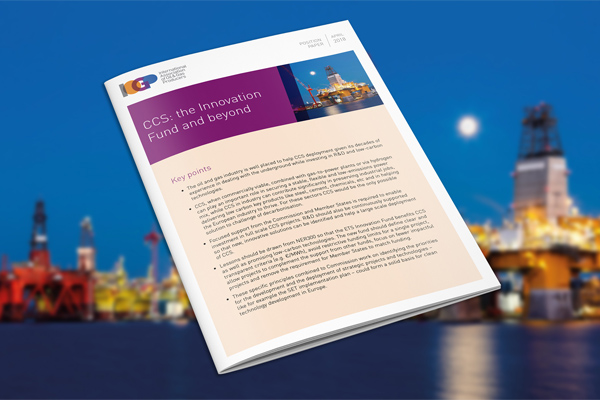
CCS: the Innovation Fund and beyond

OGP contribution to the CCS Directive evaluation
IOGP Europe joined BusinessEurope in industrial permitting task force
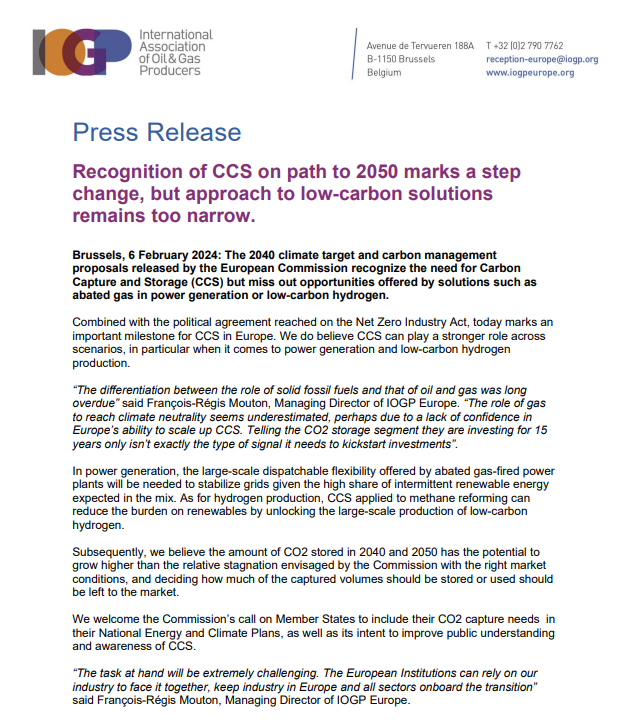
Press release: Recognition of CCS on path to 2050 marks a step change, but approach to low-carbon solutions remains too narrow.

Letter: IOGP Europe recommendations on the Hydrogen and Decarbonized Gas Market Package

Letter: Industry views regarding the proposal to establish a permanent demand aggregation and joint purchasing mechanism through the Recast Gas Regulation

Letter: Strong support for an implementable and pragmatic Net Zero Industry Act Article 18 – solutions to make CCS work

Net-Zero Industry Act marks a step change in industrial and climate policy – EU paves way for carbon capture and storage scale-up

Letter: Open, inclusive, and pragmatic Green Deal Industrial Plan for Europe

Europe needs a CO2 storage ambition for 2050

Balance, strength and fairness: building blocks for a stronger Union

REPowerEU Plan: domestic gas production deserves stronger role alongside imports and renewables in enhancing EU energy resilience

Re-Powering the EU by protecting well-functioning markets, enhancing strategic partnerships and boosting domestic production

Inclusion of gas in the Taxonomy Regulation supports EU ambition to reach climate neutrality by 2050

Gas market reform marks a step change in EU approach to the transition

New Re-Stream study assesses the feasibility of transport of hydrogen and CO2 in European gas and oil infrastructure

More inclusion needed to be fit for 55

Letter: Call for a technology-inclusive revision of the TEN-E Regulation
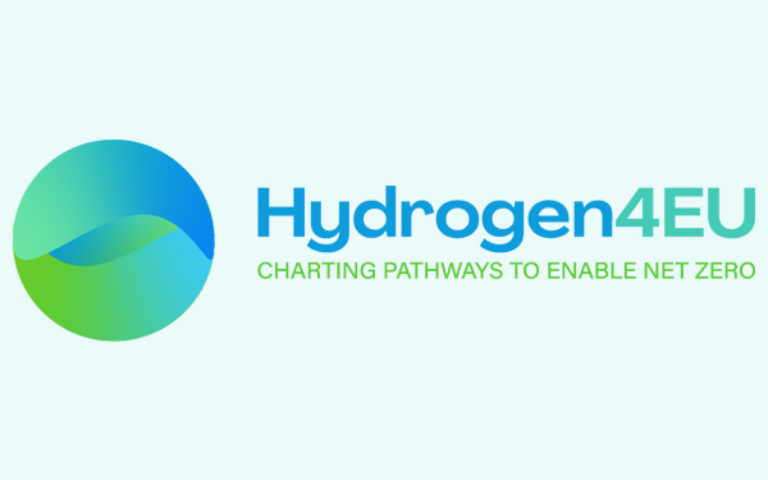
“Hydrogen for Europe” study launch
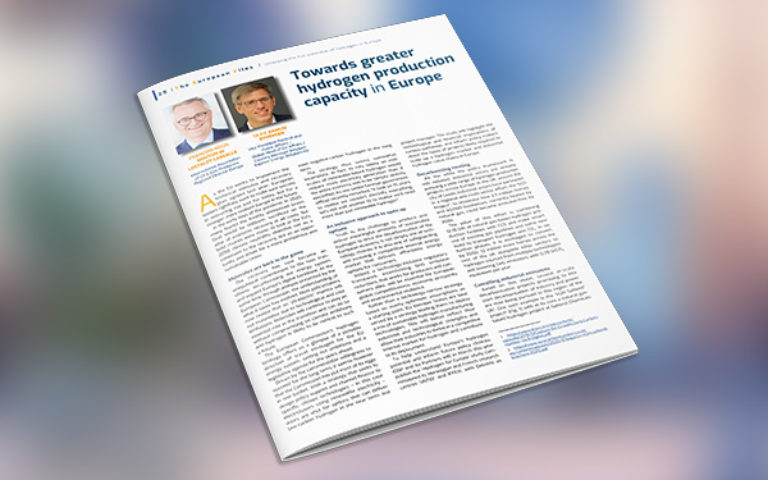
Towards greater hydrogen production capacity in Europe

Letter: IOGP input on the European Commission’s consultation on the priority list for the development of gas network codes and guidelines for 2021 (and beyond)

Council’s inclusive approach to hydrogen sends strong signal ahead of key legislative year

Letter: 57 industry leaders call for enhancing gas contribution to decarbonisation

EU Methane Strategy sets the right sequence to tackle the challenge

Carbon Management Webinars

EU’s hydrogen and energy system vision can only succeed with a more balanced, inclusive approach

Wide industry coalition call for a Hydrogen Strategy inclusive of all clean hydrogen pathways

Manifesto: Oil & Gas Industry Solutions Towards 2030 and 2050

Climate change, purpose & doing the right thing: lessons from COVID-19

Guidelines for Methane Emissions target setting

Joint letter: CCS and CCU for the EU’s Industrial Transition

Hydrogen for Europe: 1st Working Group Meeting

IOGP supports the EU’s objective of climate neutrality by 2050

CCS policy: A practical toolkit

2024 CCSA EU Conference – 3rd July

SPE Europe Energy Conference
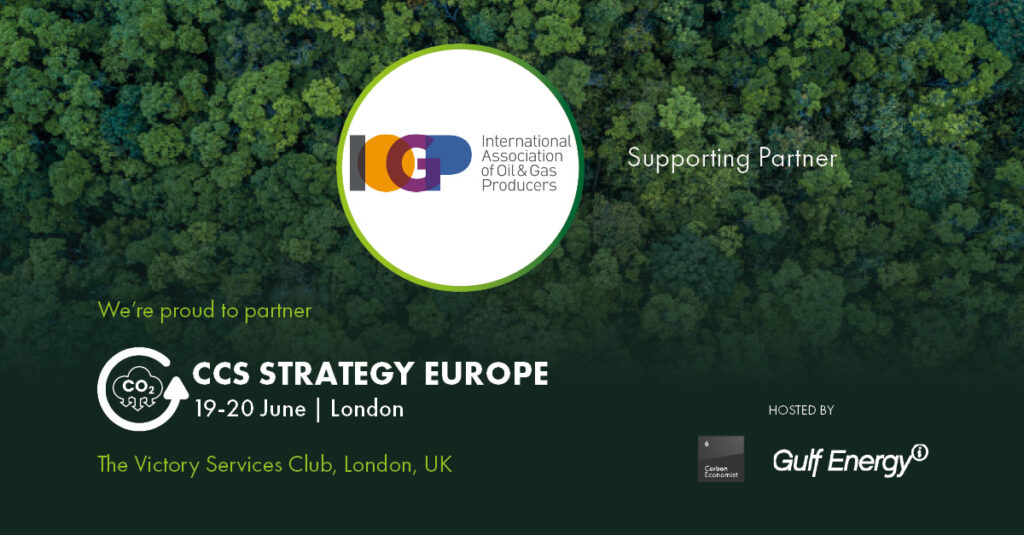
CCS Strategy Europe Conference

Rebalancing Europe’s natural gas supplies – Learnings, future needs, and policy implications
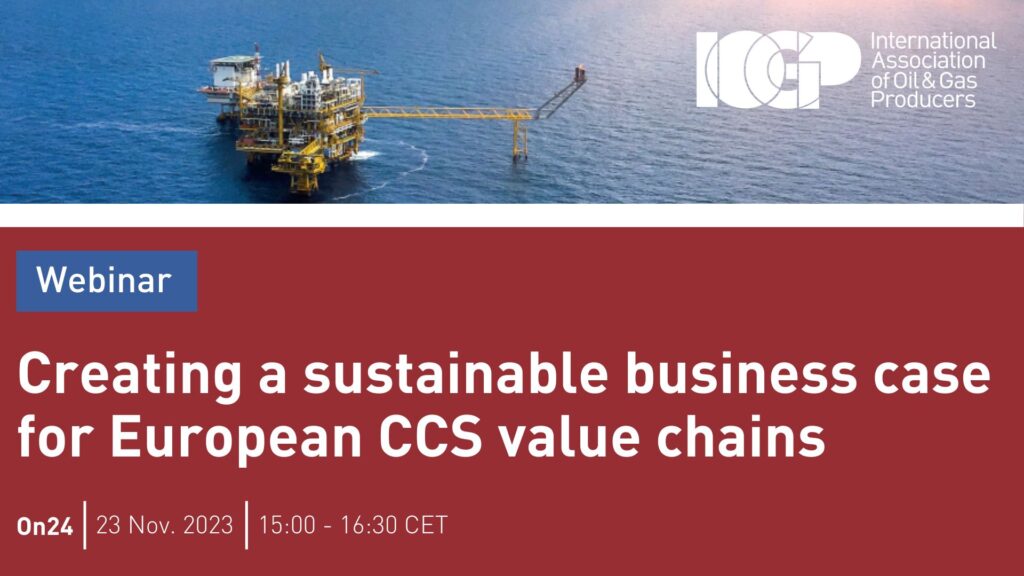
Creating a sustainable business case for European CCS value chains

Scaling up the energy transition whilst securing a stable suppy

The Europe CCUS & Hydrogen Decarbonisation Summit
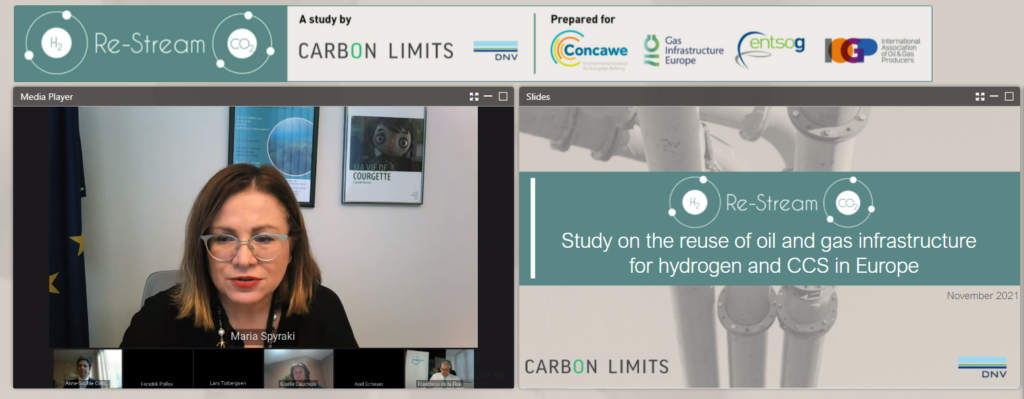
Re-Stream Study Launch Event
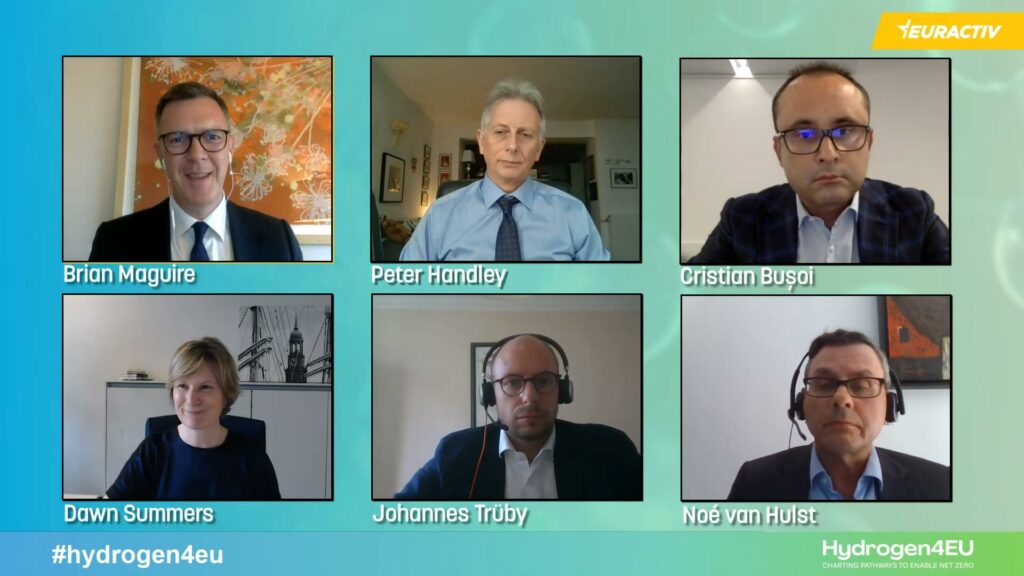
Hydrogen4EU Launch Event

Sustainable finance: investor, oil and gas sector and global perspectives

Carbon Management Webinars

Sustainable finance: non-financial disclosure for the oil and gas sector and EU taxonomy in practice
